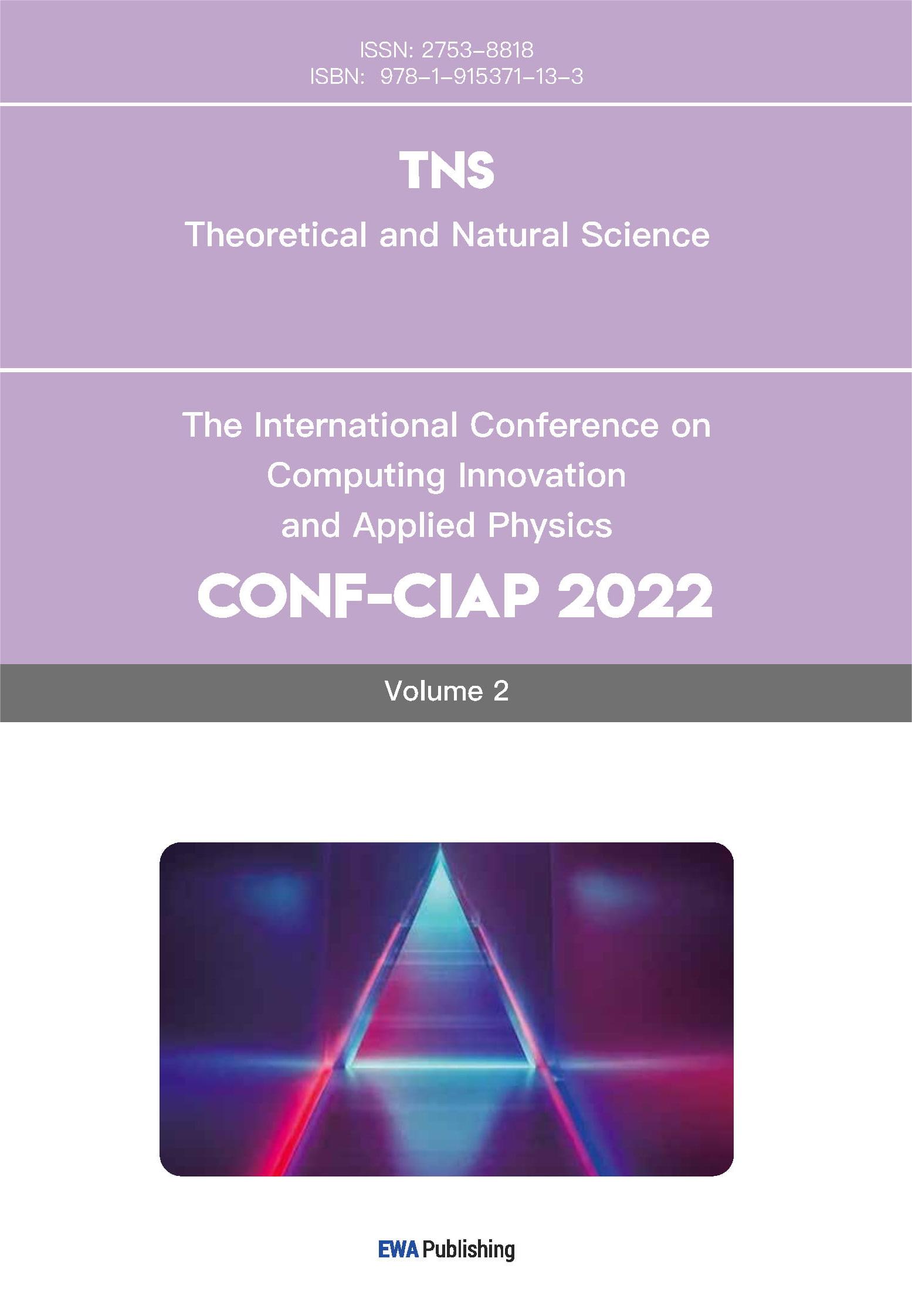References
[1]. Shirazi SFS, Gharehkhani S, Mehrali M, et al. 2015 A review on powder-based additive manufacturing for tissue engineering: selective laser sintering and inkjet 3D printing. Science and Technology of Advanced Materials, 16: 033502.
[2]. Le F B, Ye H, Liu Y. 2020 Research and application of additive manufacturing of metallic materials[J]. Jiangxi Science, 38(2):6.
[3]. Wang JY, Chai Teps, Liu Libiao, et al. Progress in Three-dimensional (3D) Printing of Artificial Organs, Journal of Mechanical Engineering: 119.
[4]. Li Rui Di, 2010 Key Fundamental Issues in Selective Laser Melting and Forming of Metal Powders. Huazhong University of Science and Technology.
[5]. Yang Xiongwen, Yang Yongqiang, Liu Yang, et al. 2015 Study on the dimensional accuracy of typical geometric features of laser-selective melting forming. China Laser, 2015(3):10.
[6]. Wang Di, Yang Yongqiang, He Xingrong, et al. 2010 Characteristics of fiber laser-selected melting of 316L stainless steel powder. Intense Laser and Particle Beam, 22(8):6.
[7]. Zhang K, Liu T, Liao W, et al. 2017 Temperature field simulation of alumina laser-selected melting. Journal of Silicates, 45(12):8.
[8]. Wen, Shu. 2018 Study of temperature and stress fields during laser melting of GH536 high temperature alloy. Shanghai Jiaotong University.
[9]. Wu Weihui, Yang Yongqiang. 2007 Key technologies for selective laser melting rapid forming system. Journal of Mechanical Engineering, 043(8):175-180.
[10]. Yin H, Bai Pei Kang, Liu B, et al. 2010 Research status and development trend of laser melting technology for metal powder selection. Thermal Processing Technology, 2010(1):5.
Cite this article
Gu,Y. (2023). Simulation of SLM manufactured aluminum process and optimization of the parameters by computational fluid dynamics method. Theoretical and Natural Science,5,525-531.
Data availability
The datasets used and/or analyzed during the current study will be available from the authors upon reasonable request.
Disclaimer/Publisher's Note
The statements, opinions and data contained in all publications are solely those of the individual author(s) and contributor(s) and not of EWA Publishing and/or the editor(s). EWA Publishing and/or the editor(s) disclaim responsibility for any injury to people or property resulting from any ideas, methods, instructions or products referred to in the content.
About volume
Volume title: Proceedings of the 2nd International Conference on Computing Innovation and Applied Physics (CONF-CIAP 2023)
© 2024 by the author(s). Licensee EWA Publishing, Oxford, UK. This article is an open access article distributed under the terms and
conditions of the Creative Commons Attribution (CC BY) license. Authors who
publish this series agree to the following terms:
1. Authors retain copyright and grant the series right of first publication with the work simultaneously licensed under a Creative Commons
Attribution License that allows others to share the work with an acknowledgment of the work's authorship and initial publication in this
series.
2. Authors are able to enter into separate, additional contractual arrangements for the non-exclusive distribution of the series's published
version of the work (e.g., post it to an institutional repository or publish it in a book), with an acknowledgment of its initial
publication in this series.
3. Authors are permitted and encouraged to post their work online (e.g., in institutional repositories or on their website) prior to and
during the submission process, as it can lead to productive exchanges, as well as earlier and greater citation of published work (See
Open access policy for details).
References
[1]. Shirazi SFS, Gharehkhani S, Mehrali M, et al. 2015 A review on powder-based additive manufacturing for tissue engineering: selective laser sintering and inkjet 3D printing. Science and Technology of Advanced Materials, 16: 033502.
[2]. Le F B, Ye H, Liu Y. 2020 Research and application of additive manufacturing of metallic materials[J]. Jiangxi Science, 38(2):6.
[3]. Wang JY, Chai Teps, Liu Libiao, et al. Progress in Three-dimensional (3D) Printing of Artificial Organs, Journal of Mechanical Engineering: 119.
[4]. Li Rui Di, 2010 Key Fundamental Issues in Selective Laser Melting and Forming of Metal Powders. Huazhong University of Science and Technology.
[5]. Yang Xiongwen, Yang Yongqiang, Liu Yang, et al. 2015 Study on the dimensional accuracy of typical geometric features of laser-selective melting forming. China Laser, 2015(3):10.
[6]. Wang Di, Yang Yongqiang, He Xingrong, et al. 2010 Characteristics of fiber laser-selected melting of 316L stainless steel powder. Intense Laser and Particle Beam, 22(8):6.
[7]. Zhang K, Liu T, Liao W, et al. 2017 Temperature field simulation of alumina laser-selected melting. Journal of Silicates, 45(12):8.
[8]. Wen, Shu. 2018 Study of temperature and stress fields during laser melting of GH536 high temperature alloy. Shanghai Jiaotong University.
[9]. Wu Weihui, Yang Yongqiang. 2007 Key technologies for selective laser melting rapid forming system. Journal of Mechanical Engineering, 043(8):175-180.
[10]. Yin H, Bai Pei Kang, Liu B, et al. 2010 Research status and development trend of laser melting technology for metal powder selection. Thermal Processing Technology, 2010(1):5.









